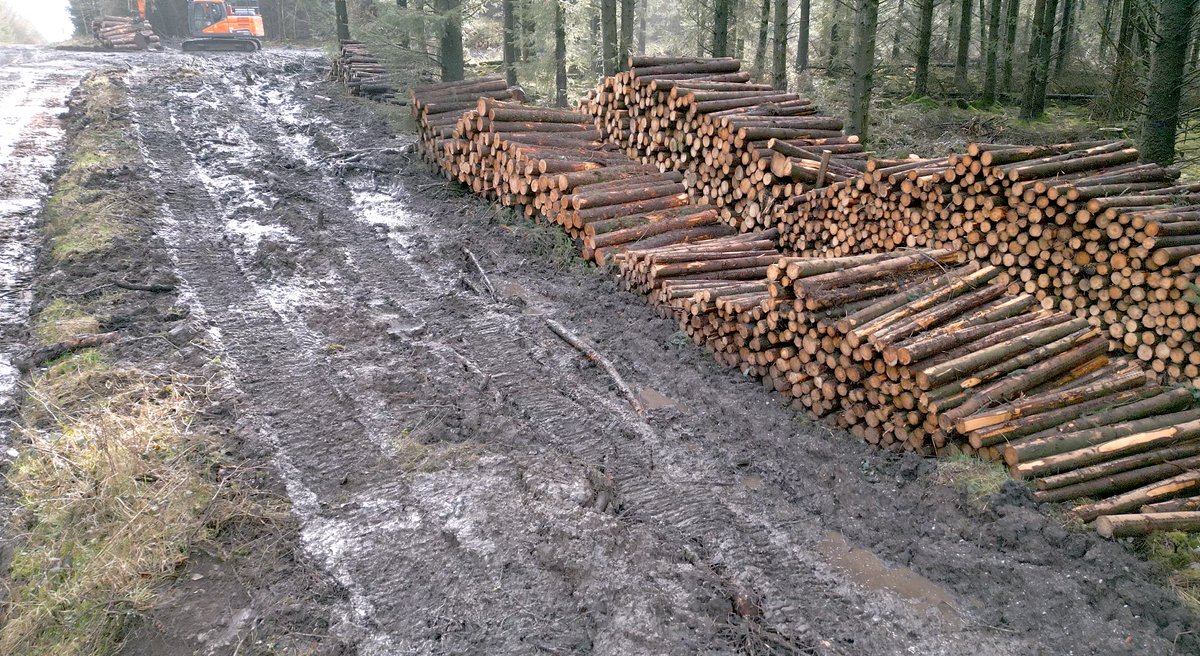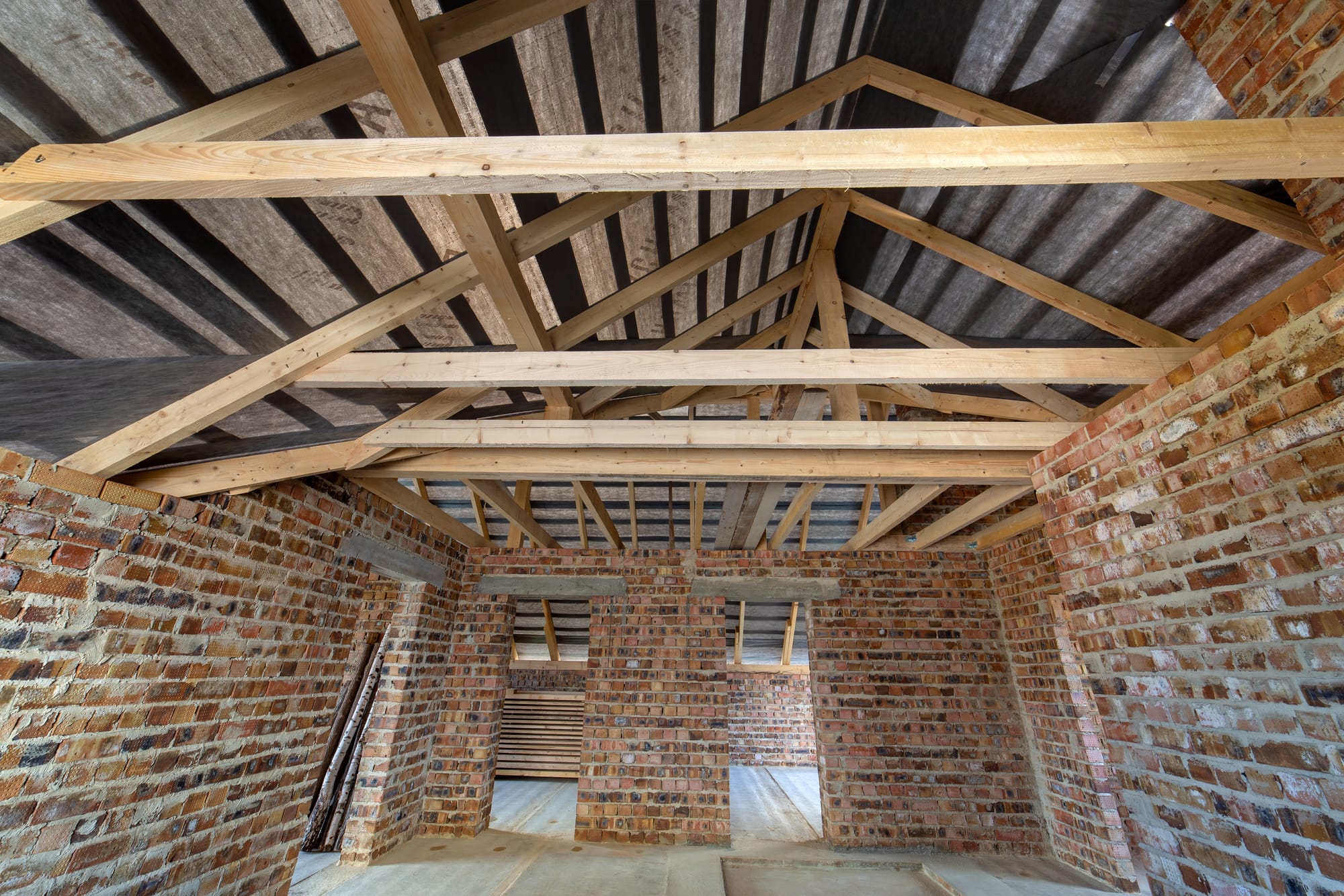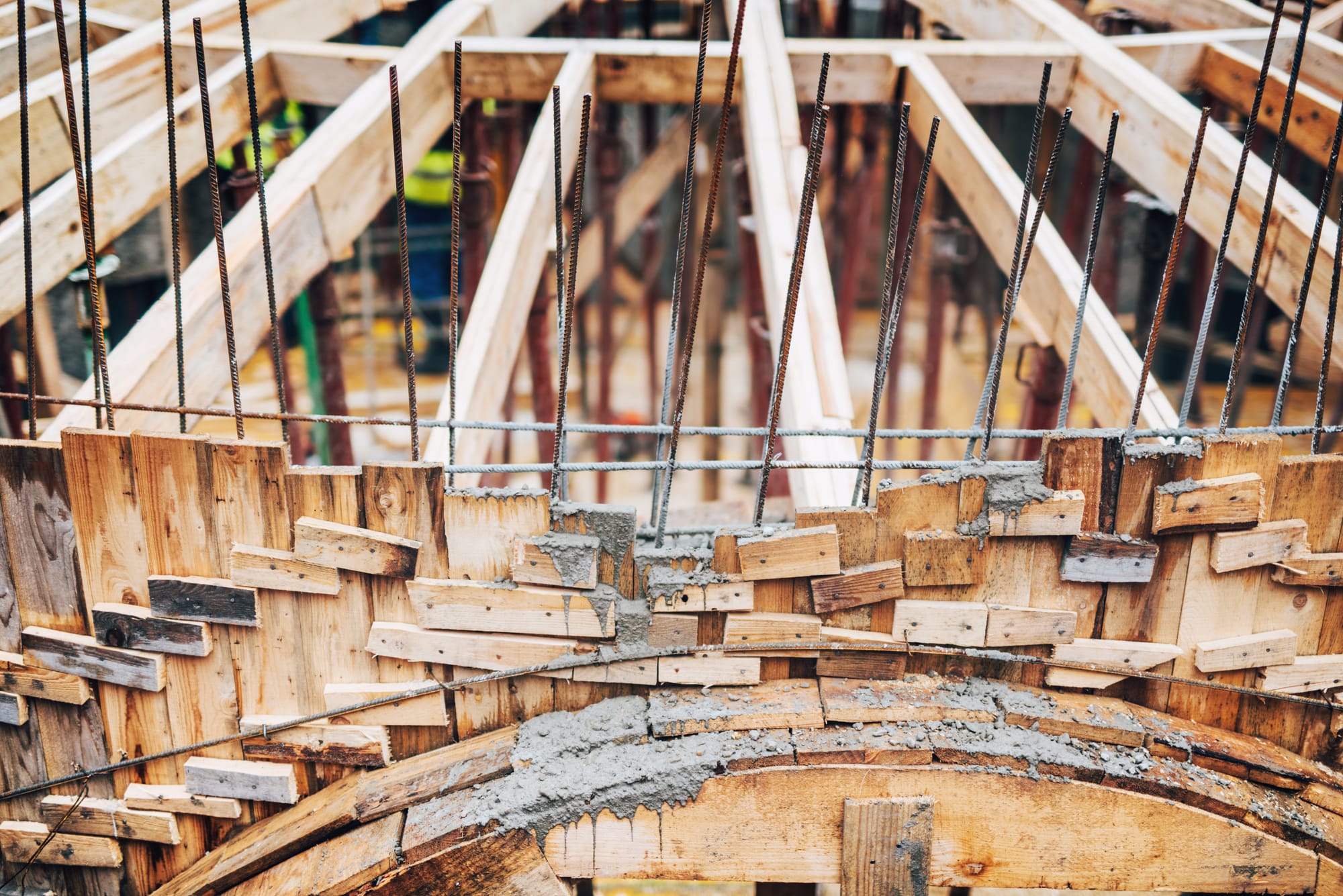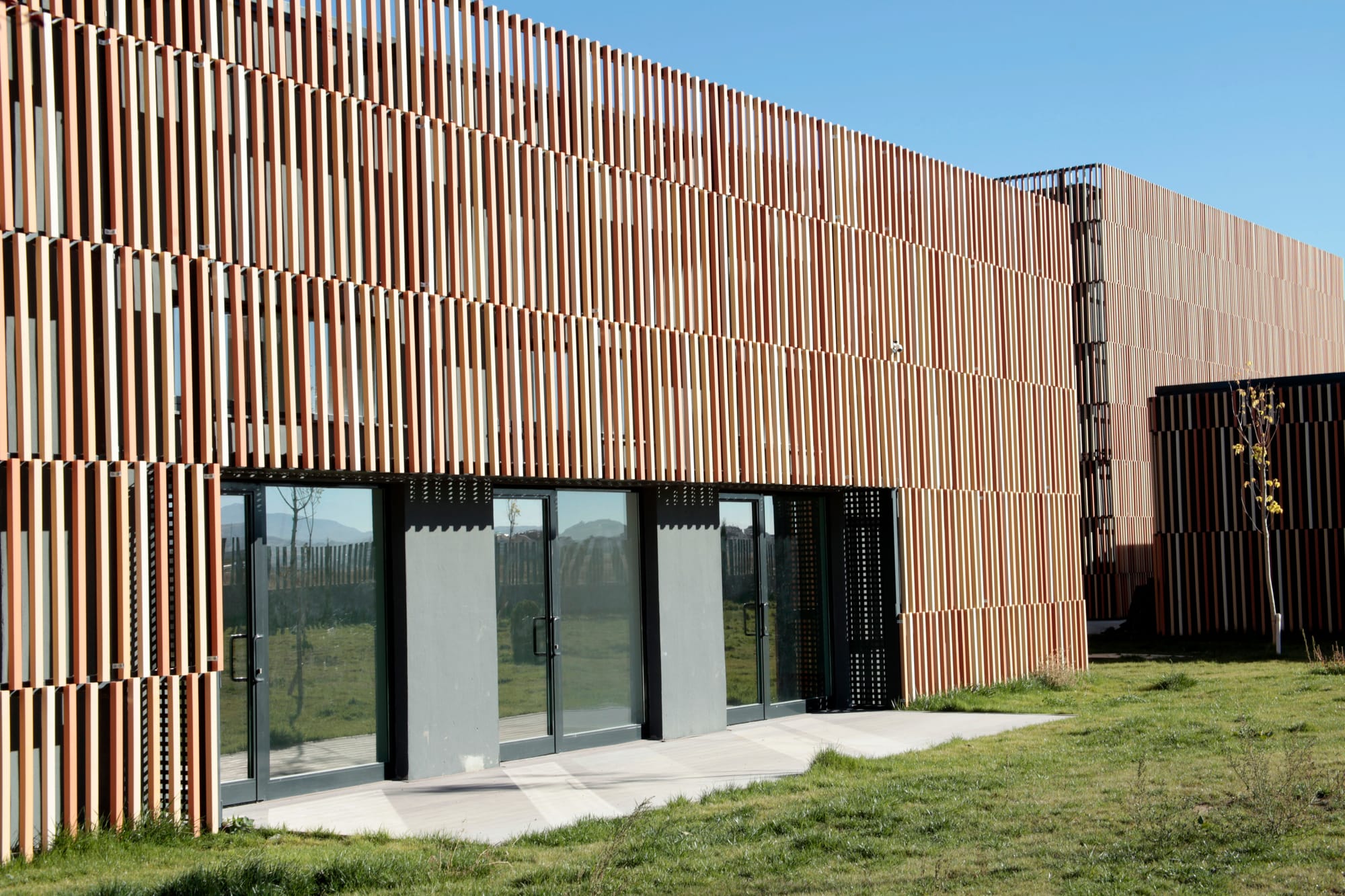Can We Use More Wood?

We think so. And thanks to extensive research by Waugh Thistleton who worked on behalf of Timber Development UK we have a snapshot of a UK construction market lagging behind European countries.
Wood Construction in the UK: A Path to Low Carbon Building
In the face of the escalating climate crisis, the construction industry stands at a critical juncture.
The United Kingdom, historically ambivalent towards sustainable building practices, now finds itself lagging behind in the utilization of one of the most sustainable materials available: wood.
We delve into the current state of wood usage in UK construction, drawing insights from international practices and policies to chart a course towards a more sustainable future.

1. Is the UK Doing Enough to Use Wood in Construction?
Despite wood's potential to significantly reduce carbon emissions in the construction sector, the UK's engagement with timber as a primary building material remains minimal. With timber frame homes constituting a mere fraction of new builds (less than 3%), especially in England, the nation's commitment to leveraging wood's environmental benefits is questioned. The recent Timber in Construction Policy Roadmap signals a shift, yet the roadmap's ambitions must rapidly transition into tangible actions to truly capitalize on timber's low carbon potential.

2. Learning from Global Leaders
Internationally, several countries have integrated wood into their construction sectors more effectively, thanks to proactive government policies. For instance, Germany's financial incentives for low carbon construction and publicly funded timber projects serve as a beacon.
The Netherlands' mandatory reporting of embodied carbon emissions for larger developments illustrates the power of regulation in driving sustainable practices. Denmark's mandated embodied carbon targets and Finland's comprehensive approach, including updates to building regulations to permit taller timber buildings, offer valuable lessons for the UK.

3. Incentivizing Wood Use through Policy
Other countries have successfully incentivised the use of wood in construction through a variety of means. Financial incentives, such as those in Germany and the Netherlands, encourage the adoption of timber by offsetting higher upfront costs.
Amsterdam, has set a housing target of 1 in 5 homes to be made of timber. TIMBER POLICY 2024
Regulatory changes, like Finland's allowance for taller timber structures, directly address technological and cultural barriers. These examples underscore the importance of a multifaceted policy approach to stimulate the timber construction sector.

4. Expanding Wood's Role in Construction
The potential for increased wood use in the UK is vast, ranging from residential buildings to large-scale infrastructure projects. The successes of high-rise wood buildings and mass timber constructions in countries like Finland and the USA demonstrate the material's versatility and efficiency.
These examples not only showcase the technical feasibility of expanding wood use but also highlight the environmental and aesthetic benefits of such approaches.

5. The Multifaceted Benefits of Wood
Wood stands out as a renewable, low carbon alternative to traditional construction materials. Its advantages extend beyond carbon sequestration; wood's natural properties can enhance building efficiency, reduce construction times, and improve the well-being of occupants. Moreover, the development of engineered wood products has opened new avenues for innovation in the construction sector, further amplifying wood's environmental and structural benefits.

6. Next Steps for the UK
To fully embrace the potential of wood in construction, the UK must take decisive action across several fronts.
"While timber frame structures have long been used in low rise construction in the UK, changes to Part B of the Building Regulations following the Grenfell tragedy have resulted in a lack of confidence in the use of engineered timber for multi storey residential buildings." TIMBER POLICY 2024
This includes revising building regulations to support timber construction, enhancing collaboration with insurers and lenders to address perceived risks, and increasing investment in the domestic timber industry to ensure a sustainable supply chain. Education and advocacy are also crucial to shift perceptions and demonstrate wood's viability and benefits as a construction material.
While the UK has made strides towards recognizing wood's role in achieving a low carbon future, there is a pressing need for more aggressive policy and practice changes.
By learning from international examples and harnessing the inherent benefits of wood, the UK can reposition itself as a leader in sustainable construction and make significant progress towards its climate goals.
But learning from paper reports isn't going to cut it. The British public need to experience more and more wood in their buildings to make sure they feel confident in it's ability to enhance and improve their own homes and work places.
Significantly, as more projects like the retrofit at Entopia in Cambridge provide spaces that people can experience, as architects get rewarded in public for their wood work (sic) then we'll see a greater acceptance from the general public that more wood is good.
Want to learn more about timber in construction, follow this link to learning resources from Timber Development UK.

